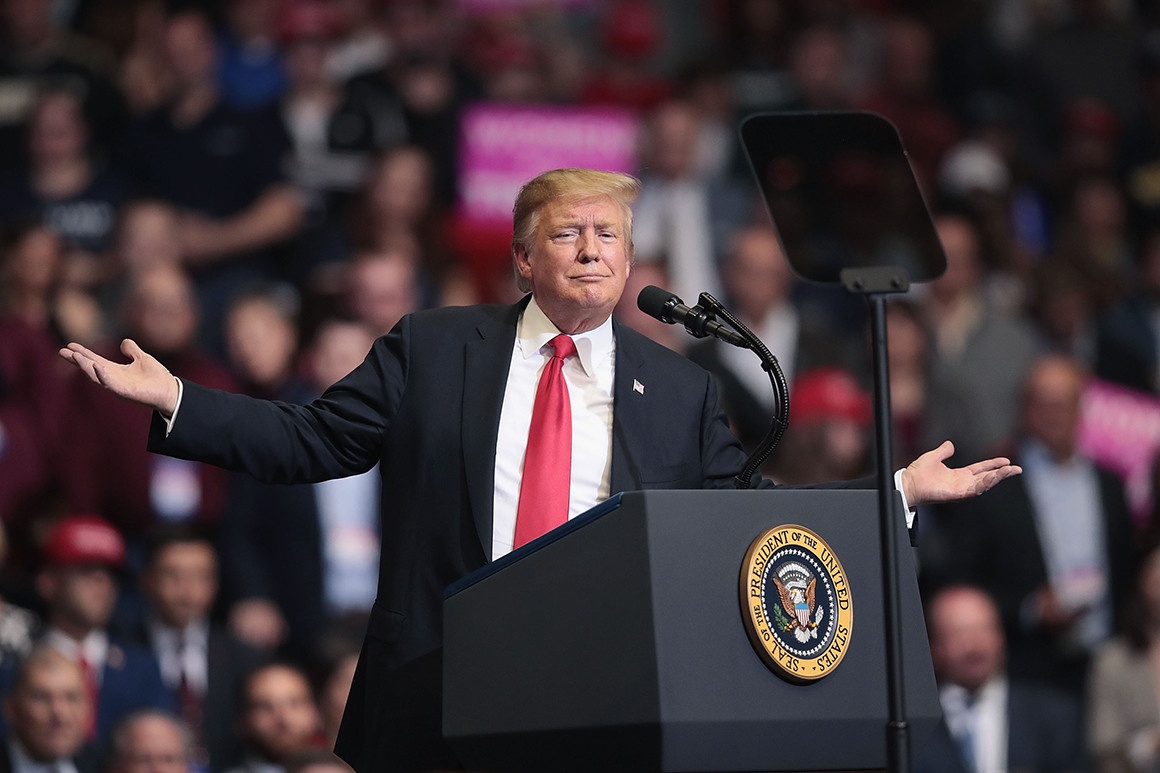As Americans queue up at polling stations in a year’s time, they will need to ask themselves a simple, yet crucial question: how has Trump done so far?
For many, Donald Trump’s time in the office may be synonymous with his infamous political and social policies, including the construction of the U.S-Mexico border wall and his attempt to repeal ‘Obamacare’. Despite their significance, topics such as the overall economic performance during his term rank lower on the popularity scale.
We’re here to examine just that. In a tweet earlier this year, the President claimed that, “some of the best economic numbers our country has ever experienced are happening right now”.
According to The World Bank, the annual GDP (Gross Domestic Product) growth rate, which is arguably the most important economic indicator, has seen a sharp increase from 1.567% in 2016 to 2.217% and 2.857% in 2017 and 2018 respectively.
While these figures demonstrate economic improvement, they are not the best the U.S. has ever had. In 2014, the annual GDP growth rate stood at 2.452% and quickly rose to 2.881% in 2015. Going further back in time, the American economy expanded by 4.753% in 1999 and by 3.673% in 1989.
Many may consider low unemployment to be Trump’s forte.
According to the U.S. Bureau of Labor Statistics, the unemployment rate in the country currently stands at 3.6%, which is the lowest it has been for the past 50 years.
The head of state has also increased employment amongst ethnic minorities. Compared to the third quarter of 2018, this year’s corresponding trimester saw unemployment fall by 0.9%, 0.5% and 0.3% for African American, Asian and Hispanic employees respectively.
Perhaps Trump’s most controversial economic decision to date has been the imposition of a $550 billion tariff on Chinese imports. His strategy aims to rejuvenate the domestic aluminium and steel industries, as high prices will discourage consumers from purchasing foreign metals.
At first glance, the protectionist policy appears to be working just fine. As reported by IBISWorld, the steel industry was “expected to generate more than $113.3 billion” in 2018, which was “an increase of 14.8%” from 2017.
When looking at the strategy from this angle, there appears to be no trouble in paradise. Other industries, however, are struggling.
According to the U.S. Chamber of Commerce, the tariffs have negatively affected $11 billion worth of goods such as liquified propane and cotton, which were annually exported from Texas to China.
Lastly, Trump introduced the “Tax Cuts and Job Act” (TCJA) in 2017. The changes were aimed at the reduction of the income tax, including that for top earners from 39.6% to 37% and the corporate tax from 35% to 21%. Some of Trump’s biggest rivals for this year’s elections are fierce critics of his stance on taxes. In September 2017, Elizabeth Warren openly claimed that the Trump administration “delivers massive tax cuts to millionaires and giant corporations and kicks working families to the curb”.
In regard to the economy, Donald Trump’s years in office have been characterised by both, rough patches and prosperity. With the elections approaching, however, one thing is for sure: Americans will have to look back to move forward.
Image: [Politico]

